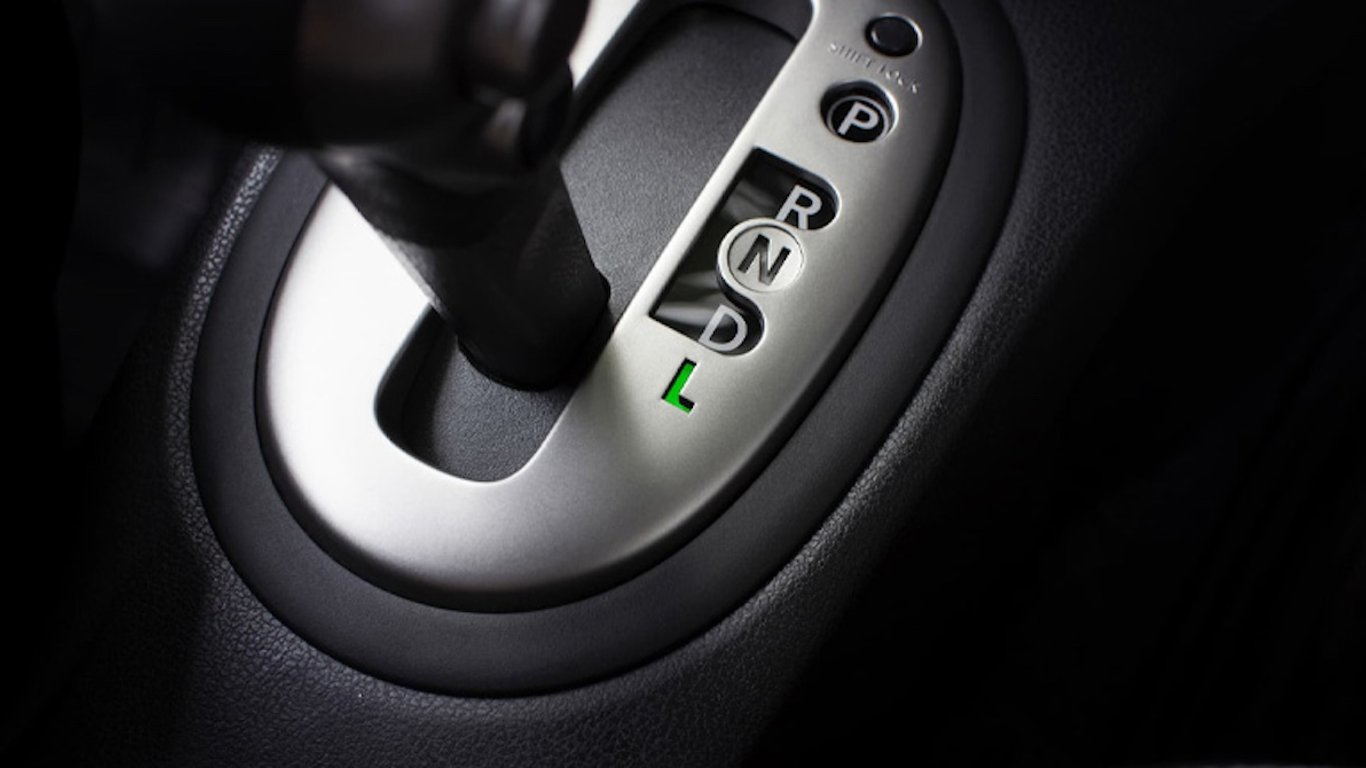The Mysterious L Mode on Automatic Transmissions in Cars - What Is It For.


The most common modes of automatic transmission are P (park), R (reverse), N (neutral), and D (drive). The L mode remains a mystery to many, although it can save drivers in difficult situations.
This was written by Autogid.
What is L Mode
L stands for Low. In this mode, the automatic transmission holds the first or second gear and does not shift higher. This is a useful tool for certain conditions where the regular Drive mode may be powerless.
The main advantage of L is the increased torque, which is particularly needed when towing a trailer, navigating out of mud, or climbing a steep slope with a load in the trunk. The car moves slower, but it pulls more confidently precisely due to operating in lower gears.
What Are the Limitations
When driving over curbs, making turns in parking lots, driving in deep snow, or navigating difficult terrains, the L mode can be very helpful. Therefore, do not ignore this feature; it is designed for situations where additional traction and stability are required.
However, you should not abuse this mode. Operating the engine at higher RPMs leads to higher fuel consumption and accelerated wear of components. L mode should be viewed as emergency assistance. It is effective when used only for its intended purpose.
The L mode in automatic transmissions can be a useful tool in difficult road situations where additional traction and stability are needed. This mode allows the vehicle to operate in lower gears, providing increased torque, which is especially important in situations such as towing a trailer or navigating out of difficult road conditions.
Read also
- Which used French crossovers are better not to buy
- BMW Anniversary - 10 Interesting Facts About the Iconic Car Manufacturer
- There are dozens of spots on the Sun - forecast of magnetic storms for today
- Why Lexus Lost Its Pride
- Prices for GTA in Ukraine — how much iconic games cost in 2025
- Problematic German Crossovers That Often Break Down








